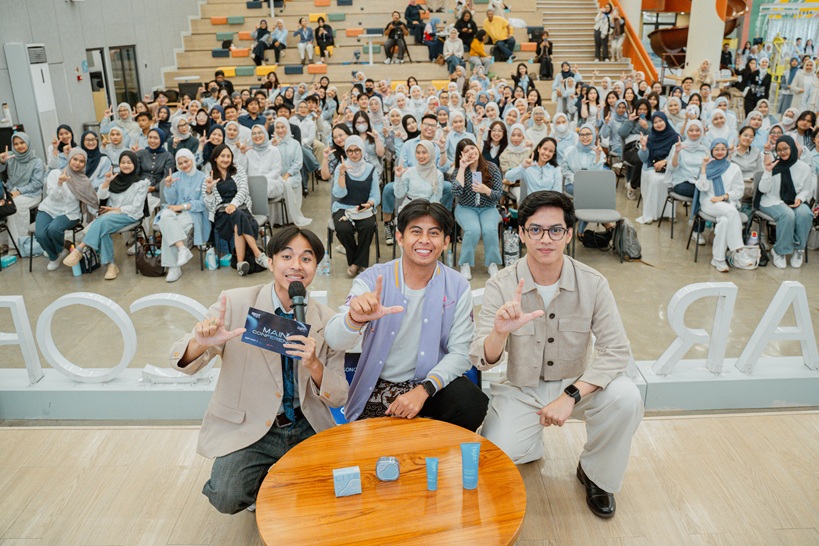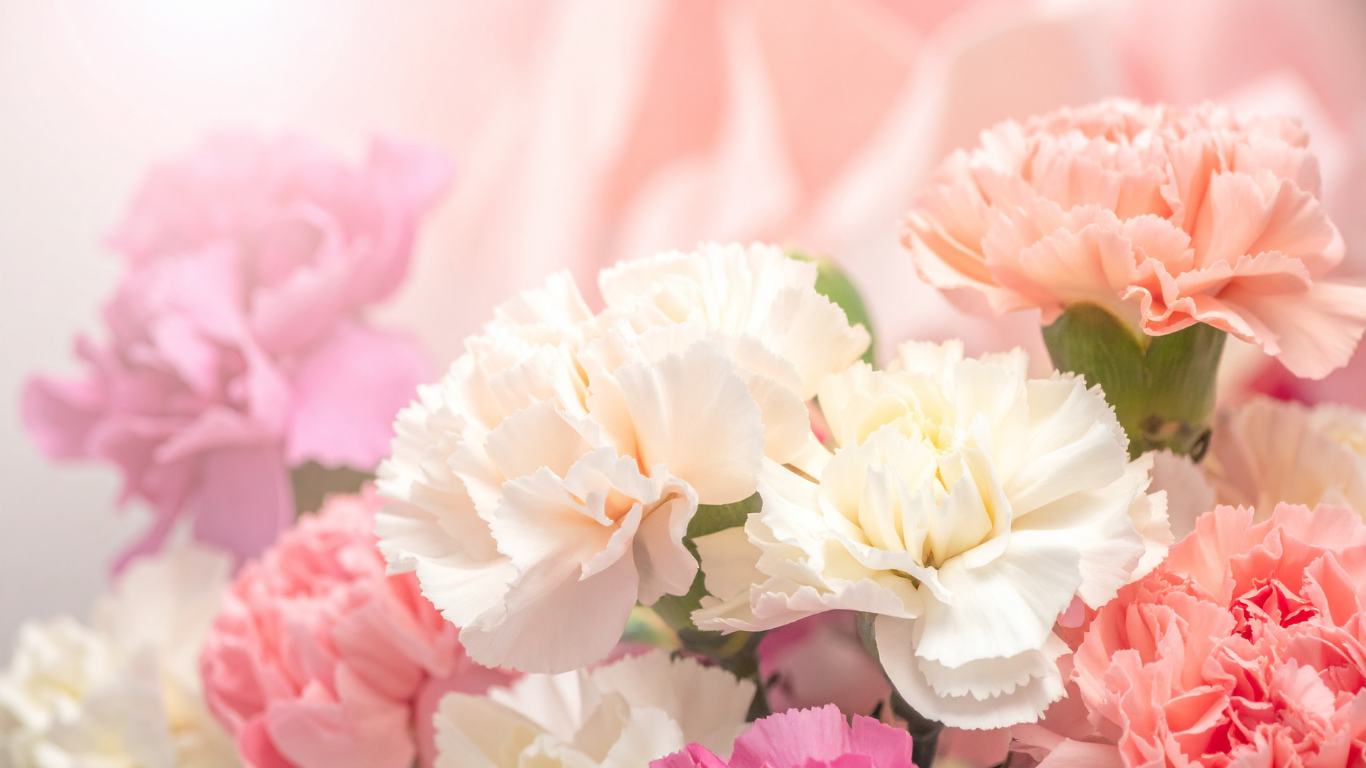Wanted: Diverse and Realistic Representation of Women in the Media

When we put “women” and “representation” in the same sentence, we often think about the proportion of women legislator in parliament. But representation goes beyond politics; in fact, more concerning is representation of women in the media. The mainstream media has an important role in shaping public opinion when it comes to social issues. The problem is that the mainstream media often doesn’t present views that are progressive in nature.
In Indonesia, I find that the way women are portrayed in the media is still inseparable from the traditional gender role. For example, in local soap operas, women are often portrayed as damsels in distress. Female characters often serve merely as love interests who need rescuing by their male lovers. While it’s totally okay to need a man, constantly repeating the narrative that women are the inferior species forms public opinion that a woman can aspire to be nothing more than a love interest, and I find this very troubling.
Speaking of traditional gender roles, the domestication of female character roles in the Indonesian media is also problematic. I have no problems with women who personally choose a life of homemaking over pursuing a career path, but being shown in the media that being a housewife is the only “life” suitable for women makes me grit my teeth.
Besides traditional gender roles, women in the media appear to have to “pass” the beauty standard test, which may include skin color, at least in Indonesia (blame the advertising of skin whitening products), and size. Only fair-complexioned and skinny women are considered for main characters or main love interests.
Of course there are some television programs and films in Indonesia that try to represent women in a better way. One of them is the 2010 TV soap opera Big is Beautiful. It is tells the story of a plus-sized girl who gets bullied for her look, and, having wished she was skinny, magically turns thin one day. Though I find this narrative problematic too, at least it ends with the girl eventually going back to the way she looked before her weight transformation, and still being loved by the man she loves (although, yes, that love interest narrative again). It may not be progressive enough, but compared to other programs, it is a breath of fresh air.
The independent film scene may be a few steps ahead. A Copy of My Mind (2015), a moving piece about a tragic love story enwrapped in a political drama by director Joko Anwar, for example, is starred by Tara Basro, an Indonesian beauty who does not have fair skin. In the Absence of the Sun (2014), directed by Lucky Kuswandi, has three female characters – a non-light-skinned woman, a middle-aged woman, and a working woman who dreams of a better life – each with her own unique story – and it even has a rare a queer narrative.
Still, in general, portrayal of women remains undiversified and lacking in Indonesian mainstream media.
Western Mainstream Media
I am not saying the media’s portrayal of women in the West is perfect, but it is surely ahead of us in many ways. Who doesn’t know those strong and important characters like Hermione, Katniss, Rey, or the Ghostbusters ladies? When it comes to portraying women, there is a lot more diversity in the Western media.
In Ghostbusters (2016), for example, two scientist besties – a queer woman and a black woman – basically saved the world. In TV drama Grey’s Anatomy one of the characters said “(this hospital) is run by women,” including a non-skinny black woman as the chief, a bisexual Latina orthopedic surgeon, a brilliant Korean doctor who doesn’t want kids, and many other characters who represent women from real life. The cast of characters in Nickelodeon’s Avatar: The Legend of Korra (2012-2014) includes a woman of color as the Avatar (the one who creates balance in the world); Asami, a trained engineer and inventor who later becomes Korra’s significant other (a fact that Variety called “subversive” for a kids’ show, but important for queer youth); Lin, a badass middle-aged woman; and Toph a badass blind woman.
Does representation really matter? Of course. Would better representation really make a difference? Hell yeah!
Once I jokingly told my little brother that I would like to rule the world someday, to which he replied: “But you’re a woman.”
I told him the Avatar was a woman, presuming he was going to reply with another sexist comment. Instead, he said, “Okay, but that’s evil. Be a leader like her instead.”
Good representation in mainstream media is important because, let’s be real, not everyone can afford to buy literature about feminism or has the time (or even the need) to read them. Representation based on traditional gender roles perpetuates constant invalidation of women who don’t live according their kodrat (gender fate) and that is harmful. Diverse and realistic portrayal of women in the media could make women, especially young girls, feel validated. They can feel that their opinion, their skin color, their gender expression, their sexual preference, their body, and their existence, are valid.
As Kerry Washington said in her speech at the GLAAD Awards in 2015, “To be represented is to be humanized.”
Gendis Syari is a Yogyakarta student who misses Jakarta very deeply. Likes writing songs, TV series, and ayam geprek with 0 chili. You can find her on Twitter & Instagram on @gendissw.






















